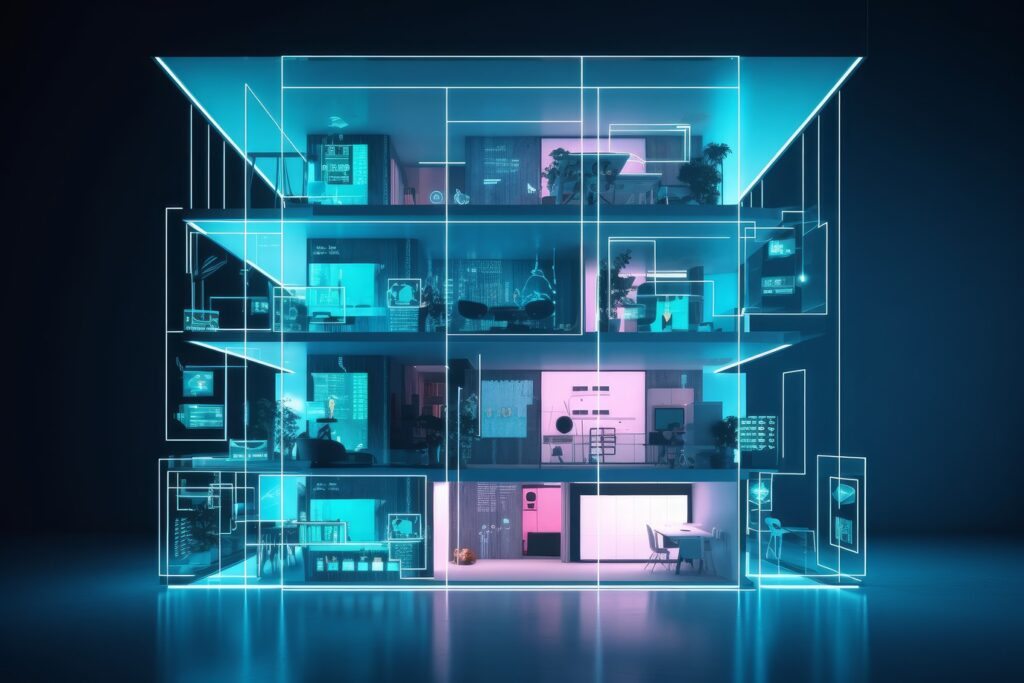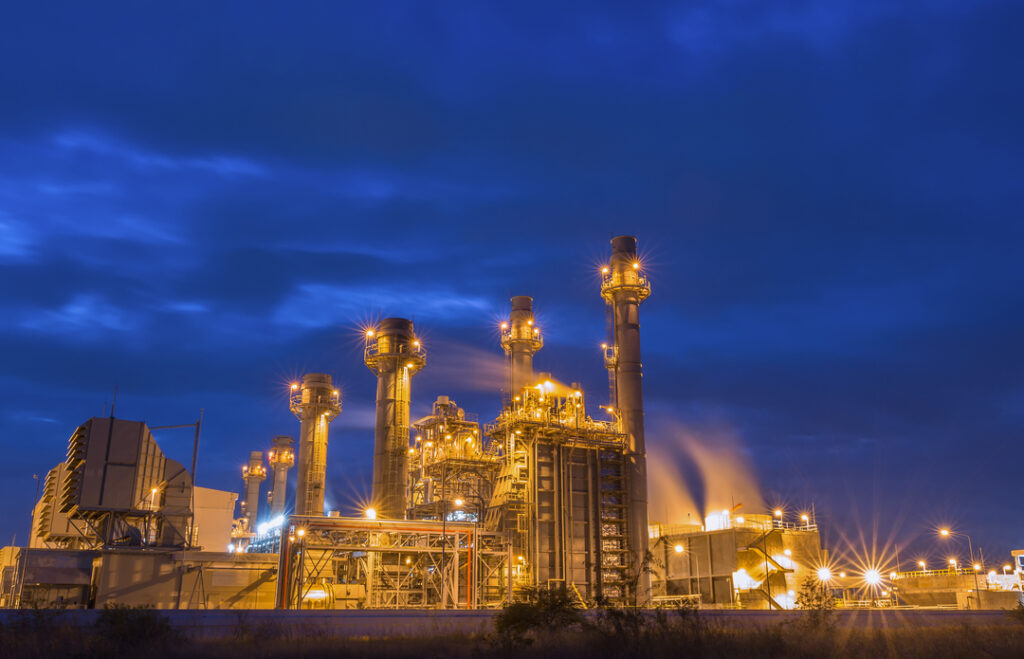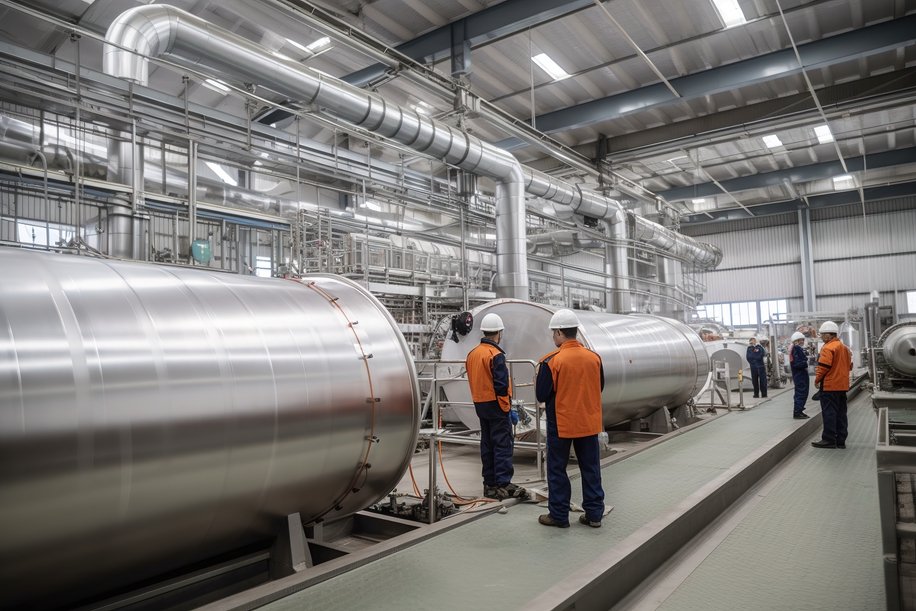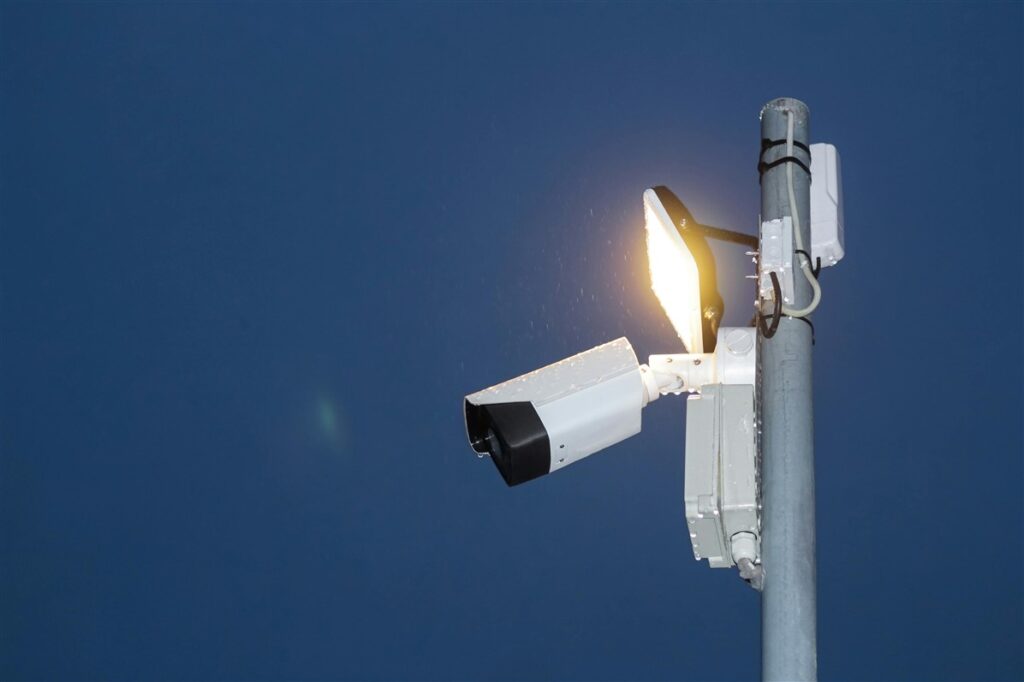Jargon Busted: Thermal Imaging
The electrical world can be confusing and we’ve all come across some terms that don’t make much sense. That’s why in each issue of Wired we unravel a piece of industry gobbledygook and tell you what it means – In plain old English.
One of the tricky things about electrical systems is that often you can’t see faults without taking things apart. Not only is this time consuming, but it can also cost businesses money in paying for the electrical engineer’s time and for downtime in production.
This is why a thermal imager or thermal camera is a useful item in an electrician’s tool box.
What is thermal imaging and what has it got to do with badgers?
In short, thermal imaging is a non-intrusive, no-contact method of detecting electrical faults that are hidden to the naked eye.
If you’ve ever watched a nature documentary filming nocturnal creatures such as badgers, they may well have used thermal imaging for night-vision.
What are the benefits of thermal imaging?
Thermal imaging can be used as a fault-finding measure in a failed system or machine, or as preventative maintenance, as it can indicate faults that you may be completely unaware of.
When you think of the amount of electrical circuits likely to be in your workplace, it wouldn’t be a huge surprise to find that some of them are damaged or have become worn over time. But because electrical systems are largely hidden from view, these faults may not be obvious until you have a major breakdown.
In the interim, you may be paying out a lot of unnecessary money in wasted energy while your machinery is not working at its optimum level - plus any faults could be potentially dangerous if left as they are.
What sort of problems can thermal imaging detect?
Thermal imaging can detect a range of problems such as loose connections and the poor working of a motor. Dirt in a system can also cause components to overheat, risking power failure or even an electrical fire. If machinery has been incorrectly installed – or the wrong machinery is being used – thermal imaging can detect any overheating that could lead to machine failure.
Does thermal imaging measure heat?
Sort of. As a general rule, the warmer an object gets, the more radiation it emits.
Thermal imaging detects this infrared radiation and, based on the amount of energy detected, works out the temperature. This is translated into an electronic picture, or thermograph, which will highlight a warm object against the cooler area around it.
The infrared energy that an object emits is known as its heat signature.
What do thermal images look like?
Thermal images can be grayscale, with cold objects depicted as black, warmer ones in tones of grey and hot ones as white, or the thermal camera can add colour, with reds, yellows and oranges showing the warmer objects and greens, blues, purples and black showing the cooler ones.
Are thermal cameras easy to use?
Yes, in that they are essentially point-and-shoot tools. However, the skill comes in the electrical engineer knowing how to analyse the images produced by the camera and take remedial action.
Where can thermal imaging be used?
Pretty much anywhere that has an electrical system – so anything from manufacturing plants to office buildings.
If you’d like to know more about thermal imaging or to book a visit from one of our electrical engineers, give us a call or drop us an email.
Email: info@advancedelectrical.org.uk

Our guide to building energy management systems
Building energy management systems (BEMS) are systems that allow you to monitor, control, and optimise the energy used within your building. The phrase building energy management system (BEMS) is often used interchangeably with the phrase building management system (BMS), but there are some differences. A BEMS is focused on energy-related systems such as lighting, heating, […]
Read more
How far does power travel and what impact does distance have on performance
It’s easy to take our electricity supply for granted. We flick a switch and instantly have light or power. We don’t even think about it unless there’s an issue or an outage. But when there is an issue or outage, the impact can be significant. For manufacturers, even the smallest change in power can make […]
Read more
Why visibility of the production process is so important
Operational excellence, efficiency and quality are top priorities for almost every manufacturer worldwide. These things lead to improved productivity, happier customers and reduced waste – all of which result in increased profits. Visibility of the production process is the key to achieving these things. And manufacturers now have access to technology that can provide real-time […]
Read more
Will security lighting help to protect my staff?
Looking after the safety and well-being of employees should be a priority for any business. And while it’s not possible to mitigate every risk, there are measures you can take to improve their safety and security. One measure that is often overlooked is the installation of security lighting. When daylight disappears, visibility is reduced, increasing […]
Read more
Top 5 considerations when comparing electrical quotes
Budget is always a factor when you’re considering any type of upgrade, revamp, or maintenance work within your factory. But when it comes to electrical work, you have to consider more than just money. Don’t rush into accepting the cheapest electrical quotes without knowing exactly what you’re getting. Electrical work is not an area where […]
Read more
What is the role of companies in reducing our carbon footprint?
We should all be taking responsibility for protecting our planet and a big part of that is reducing our carbon footprint. But while it falls to all of us to do our bit, there is additional pressure on manufacturers, especially those with high carbon emissions. As an absolute minimum, these companies should ensure compliance with […]
Read more

